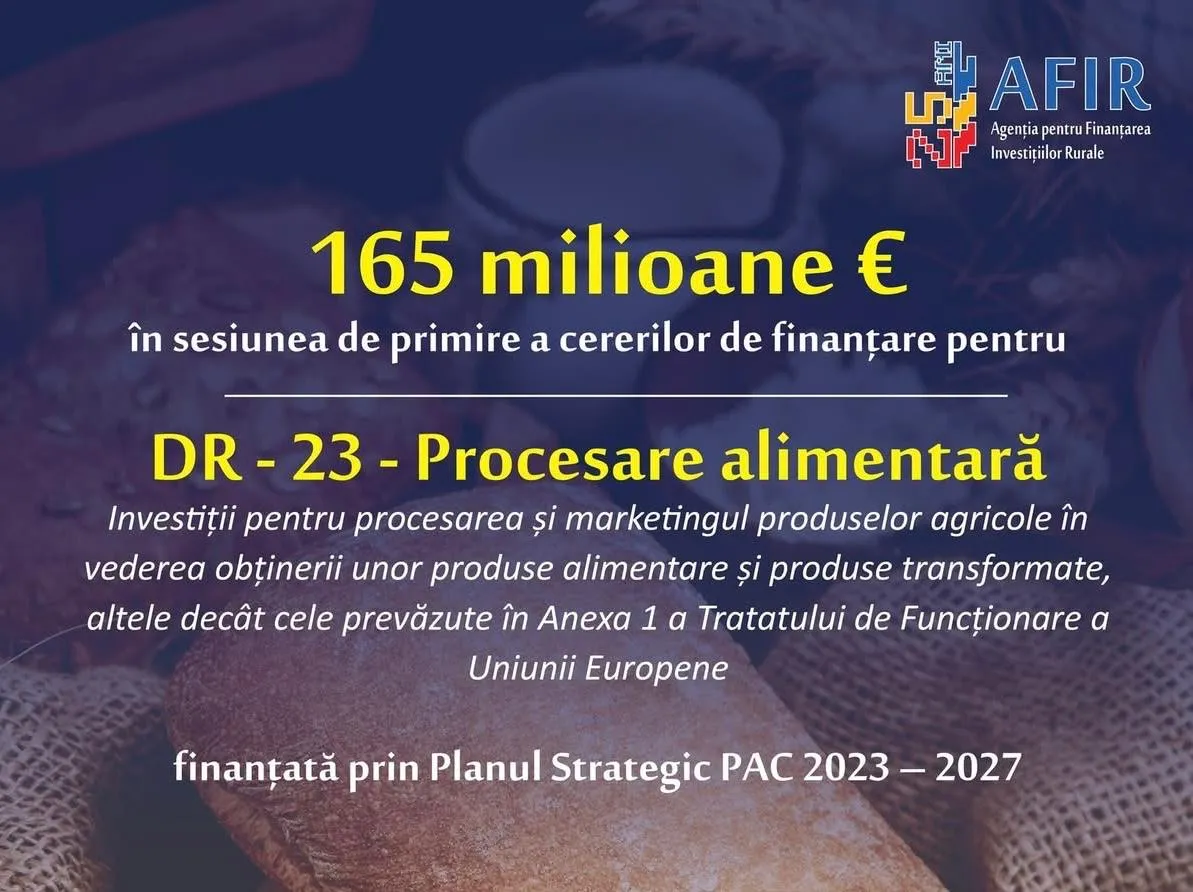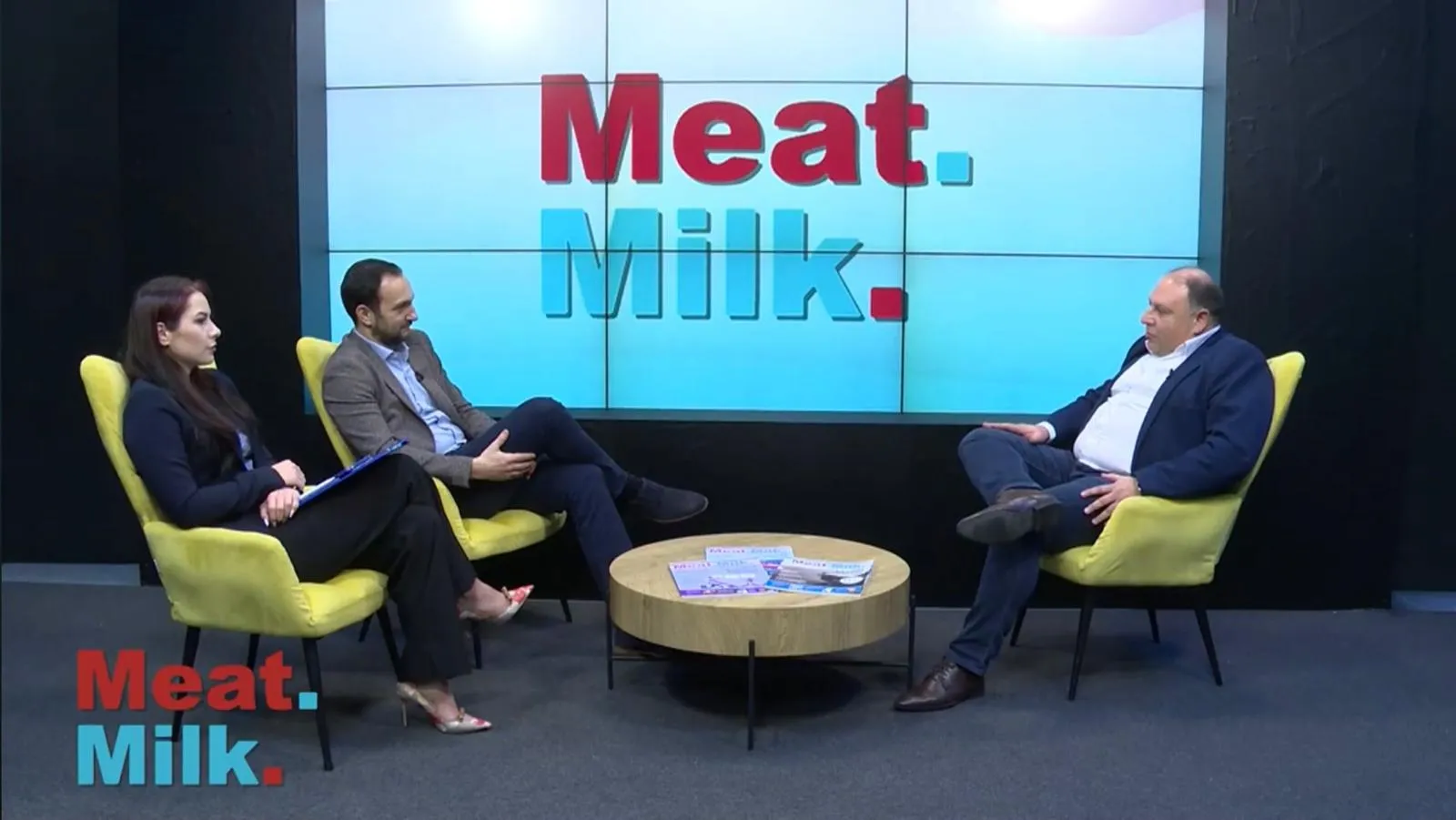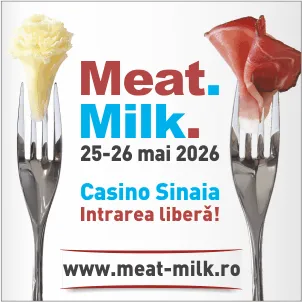1312

Romania’s poultry industry remains one of the most solid segments of the livestock sector, but it is under pressure from rising costs, competition, and increasingly strict environmental requirements imposed by the European Union. With an annual production of over 400,000 tonnes, according to Eurostat 2024, Romania ranks sixth in the EU. However, only 15% of this volume is exported, indicating an untapped potential.
According to the FAO, global demand for poultry meat is expected to grow by 1.6% annually until 2030, driven by its affordable price and balanced nutritional profile. Romania has clear competitive advantages – moderate costs, local raw materials, and experience in farm integration – yet logistical infrastructure and dependence on imported feed continue to limit expansion.
According to the Ministry of Agriculture and Rural Development (MADR), under the 2023–2027 National Strategic Plan (NSP), the poultry industry benefits from support for modernizing slaughterhouses, digitizing traceability, and reducing its carbon footprint. National programs also include funding lines for investments in renewable energy and automation, aimed at lowering operational costs by up to 15%.
A World Bank report (2024) shows that integrating the poultry chain – from farms to processing – can increase profitability by 20% in Central European countries that have adopted this model. In Romania, the first positive examples are cooperatives that combine feed production with poultry farming and local distribution.
To remain competitive, the industry must adopt a long-term vision: expanding export markets, improving product quality, and promoting the national brand “Safe Romanian Meat.” With coordinated investments and coherent policies, Romania can transform its poultry sector from a regional supplier into a leading European exporter.
(Photo: Freepik)





